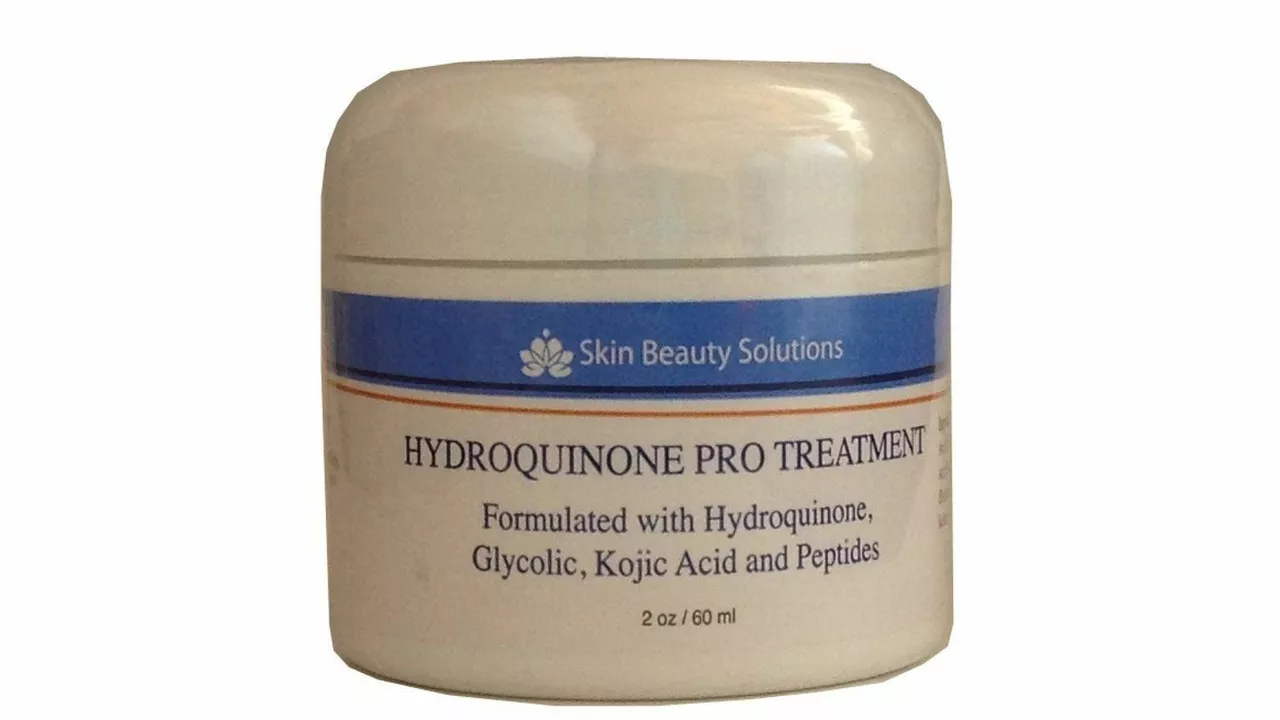Hydroquinone: Your Guide to Skin Lightening and Dark Spot Treatment
If you've noticed stubborn dark spots or uneven skin tone, hydroquinone might be on your radar. This ingredient is widely known for its skin lightening ability, often found in treatments aimed at fading hyperpigmentation, age spots, and acne scars.
So, how does hydroquinone work? It targets melanin — the pigment that gives your skin its color. By slowing melanin production, it helps brighten the dark patches, resulting in a more even tone over time. This makes it a go-to choice for those wanting to tame discoloration caused by sun damage or post-acne marks.
How to Use Hydroquinone Safely
Hydroquinone products come in different strengths, commonly from 2% in over-the-counter options to higher percentages via prescription. It's crucial to follow the usage instructions closely—usually applying a thin layer once or twice daily to clean, dry skin.
Bear in mind, hydroquinone can cause mild irritation or redness, especially if you have sensitive skin. Using sunscreen daily is a must because treated skin becomes more sensitive to sunlight and can worsen pigmentation if exposed.
What to Expect and When to See Results
Patience matters here. You usually start seeing improvements after 4 to 8 weeks, but it can take longer depending on how deep the pigmentation is. Consistent use is key, but long-term use isn't recommended without doctor advice, since prolonged use might lead to unwanted effects like ochronosis (skin darkening).
If your dark spots don't improve or you experience severe irritation, consulting your healthcare provider is important to explore other options or adjust treatment.
In short, hydroquinone can be an effective ally against unwanted dark spots, but using it wisely and protecting your skin during treatment will give you the best shot at glowing, clearer skin.

